The OSI model and other models represent a communication system as a stack of multiple layers. In this case we get a vertical structure where "user" is at the top and the receiver of communication at the bottom. What I have wondered for quite some time now is why we can’t represent the same thing as "stages" in a horizontal manner. There are multiple layers that we talk of in the OSI model where each has a different purpose and basically translates its input to something that the next layer will use. Depending on the protocol and the application under consideration we may have fewer than 7 layers or may even merge multiple layers into a single one.
My question is, where did this concept of a "stack" originate from where things are piled up vertically when talking of communication systems? We can also think of this process as a production line where our message goes through multiple stages, finally producing something that can be transmitted on the communication channel right? In this case we can represent the same system horizontally. Why does mankind use the word ‘stack’ and talk of it is a vertical structure when abstracting it?

